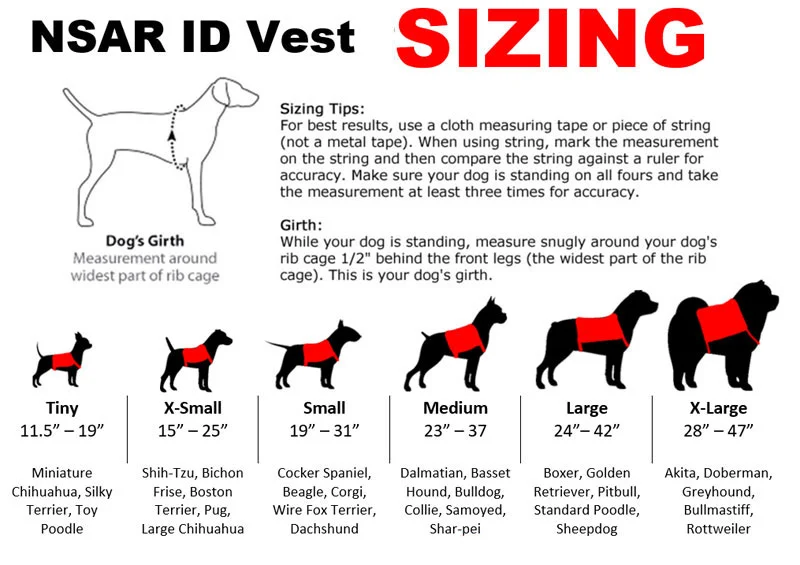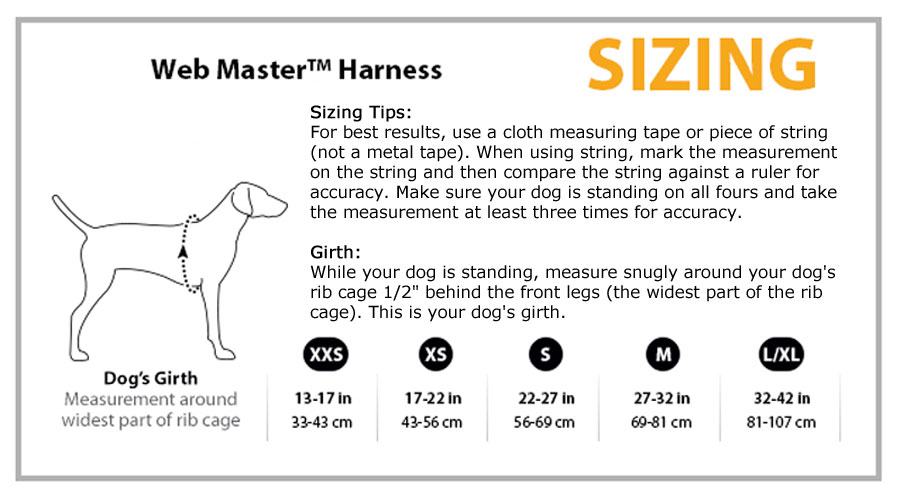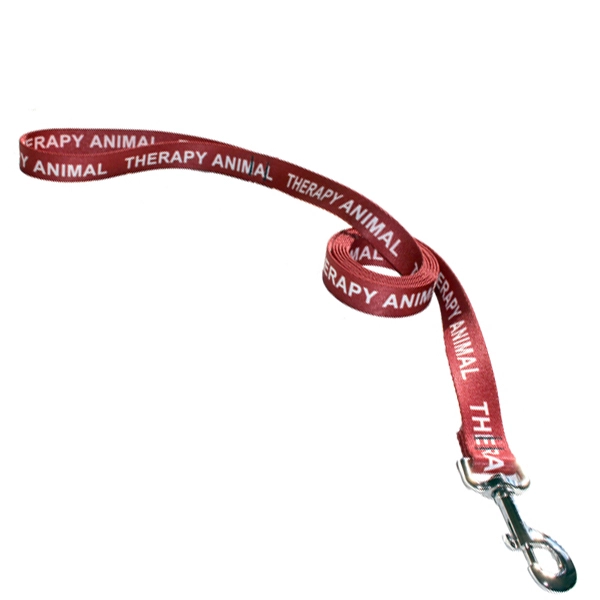
Labrador Retrievers, or “Labs,” are one of the most beloved and popular dog breeds worldwide. Known for their intelligence, friendly nature, and versatility, Labs are often chosen as family pets, service animals, and even working dogs in various capacities. In this guide, we’ll cover everything you need to know about Labrador Retrievers, from their characteristics and history to their health, grooming, training, and diet. We’ll also explore how they can be trained as emotional support animals or service dogs.
Key Characteristics of Labrador Retrievers
Labrador Retrievers are medium to large-sized dogs, typically weighing between 55 to 80 pounds, depending on their gender and size. They are strong, athletic dogs with a short, dense, water-resistant coat that comes in three colors:
- Black
- Yellow
- Chocolate
Their thick, otter-like tail and strong build make them excellent swimmers, which is no surprise considering their origins as working water dogs.
Labs are known for their outgoing, playful, and friendly nature. They are extremely social and love being around people and other animals. Labrador Retrievers are highly intelligent and eager to please, which makes them one of the easiest breeds to train. Their gentle and patient temperament makes them great with children and an ideal choice for family pets.
History of the Labrador Retriever
The history of the Labrador Retriever begins in Newfoundland, Canada, where they were originally bred as working dogs to assist fishermen by retrieving nets, ropes, and fish from the cold Atlantic waters. These early Labs were known as St. John’s dogs, and they were prized for their strong swimming ability and work ethic.
In the early 19th century, Labs were brought to England, where British breeders refined their characteristics, leading to the modern Labrador Retriever. They quickly gained popularity as both hunting companions and family pets due to their intelligence, loyalty, and trainability. Today, Labs are among the top dog breeds worldwide, known for excelling in a variety of roles, from search and rescue to service dog work.

Common Health Issues
While Labrador Retrievers are generally healthy, they are prone to certain genetic and lifestyle-related health issues. Being aware of these common problems can help you manage your dog’s well-being.
Hip and Elbow Dysplasia
Hip and elbow dysplasia are common in Labs, particularly as they age. This condition occurs when the joints do not fit properly, leading to arthritis and mobility issues. Maintaining a healthy weight and providing joint supplements can help alleviate the symptoms.
Obesity
Labs have a notorious appetite and can easily gain weight if not properly managed. Obesity can lead to a host of health problems, including joint issues, diabetes, and heart disease. It’s essential to monitor your Lab’s diet and exercise to prevent excess weight gain.
Progressive Retinal Atrophy (PRA)
PRA is a genetic condition that affects the retina and can lead to vision loss in Labradors. While there is no cure, early detection and supportive care can help manage the condition as it progresses.
Exercise-Induced Collapse (EIC)
Some Labrador Retrievers are prone to a condition called Exercise-Induced Collapse, where they may lose muscle control and coordination after vigorous exercise. This condition is inherited, and managing exercise levels is key for dogs with this predisposition.
Grooming Needs
Labradors are relatively low-maintenance when it comes to grooming, but regular care is still important to keep them looking and feeling their best.
Brushing
Labs shed year-round, with more significant shedding occurring in the spring and fall. Brushing their coat 2-3 times a week helps remove loose hair and reduces shedding. A de-shedding tool or slicker brush works well for this breed.
Bathing
Labradors have a water-resistant coat, so they don’t need frequent baths. Bathing every 1-2 months is typically sufficient unless they get into something particularly dirty. Be sure to use a mild dog shampoo to avoid drying out their skin.
Nail Trimming and Ear Cleaning
Like all dogs, Labs need regular nail trimming, typically every 3-4 weeks, to prevent overgrowth and discomfort. Additionally, their floppy ears can trap moisture, making them prone to infections. Regular ear cleaning with a vet-recommended solution can help prevent this.
Exercise and Training Requirements
Labrador Retrievers are an active and energetic breed, requiring regular exercise and mental stimulation to stay healthy and happy. Without sufficient physical activity, they can become bored and may develop destructive behaviors.
Exercise
Labs need at least an hour of vigorous exercise daily. This can include long walks, running, swimming, or playing fetch—one of their favorite activities. Swimming is particularly beneficial for Labs due to their natural affinity for water and their thick, water-resistant coat.
Exercising with your Labrador Retriever
Training
Training a Labrador Retriever is generally straightforward thanks to their intelligence and eagerness to please. They respond well to positive reinforcement techniques such as praise, treats, and playtime. Labs thrive when given clear commands and consistent training, making them ideal candidates for basic obedience and advanced skills.
Socialization is equally important to ensure they are comfortable around other dogs, people, and new environments. Start socializing your Lab early to prevent shyness or aggression as they grow older.
Behavioral Training
While Labs are generally well-behaved, their high energy and love of food can lead to issues like jumping up on people or begging for food. Teaching them basic manners early on can prevent these behaviors from becoming ingrained.

Nutrition
Feeding your Labrador Retriever a well-balanced diet is crucial for their health, particularly because they are prone to weight gain. Here are some general tips to keep in mind:
High-Quality Dog Food
Choose a high-quality commercial dog food that is specifically formulated for large, active breeds like Labs. Ensure the food is rich in protein, with moderate fat content, and contains essential vitamins and minerals.
Portion Control
Labs love food, and they are not always good at regulating their intake. To prevent overeating, it’s important to measure their portions and stick to a regular feeding schedule. Split their meals into two feedings per day to maintain their energy levels and avoid hunger pangs.
Healthy Treats
While treats are a great way to reward your Lab during training, be mindful of the number of treats you offer. Opt for healthy treats like fruits, vegetables, or specially formulated low-calorie dog treats to avoid excess weight gain.
Best Dog Treats for 2024
Emotional Support Animal (ESA) and Service Dog Roles
Labrador Retrievers are often chosen as emotional support animals (ESAs) and service dogs due to their loyal, patient, and gentle nature. Here’s what you need to know about these roles:
Emotional Support Animal
As ESAs, Labs provide comfort and companionship to individuals suffering from mental health conditions like anxiety, depression, and PTSD. Their affectionate temperament and ability to bond closely with their owners make them excellent ESAs. To qualify for an ESA, individuals need a letter from a licensed mental health professional.
While no formal training is required for an ESA, ensuring that your Lab has basic obedience training and is well-behaved in public spaces is essential.
Service Dog
Labradors are one of the most common breeds trained as service dogs due to their intelligence, work ethic, and versatility. They can be trained to perform a variety of tasks, including guiding the blind, assisting individuals with mobility issues, and providing alert services for those with medical conditions such as diabetes or epilepsy.
Training a service dog is a rigorous process that requires specialized programs and certification. However, once trained, Labs can provide invaluable assistance to individuals with disabilities. Service dogs have legal protection under the Americans with Disabilities Act (ADA), allowing them to accompany their owners in public places where pets are typically not allowed.
Legal Aspects of ESAs and Service Dogs
Understanding the legal differences between emotional support animals and service dogs is crucial:
- Emotional Support Animals are not granted the same public access rights as service dogs, but they are allowed to live in housing that prohibits pets under the Fair Housing Act. This doesn’t mean you cannot take them out in public; however, it’s management’s discretion to grant access, so we recommend you call ahead to obtain approval so that you’re not met with any resistance upon entering their establishment.
- Service Dogs, on the other hand, are permitted to accompany their owners in any public setting, thanks to the legal protection provided by the Americans with Disabilities Act (ADA). Service dogs must be trained to perform specific tasks related to their owner’s disability.
It’s important to familiarize yourself with the laws and regulations in your area if you plan to train your Labrador as an ESA or service dog.
Conclusion
Labrador Retrievers are known for their friendly, energetic, and intelligent nature, making them a beloved breed worldwide. Whether you’re looking for a loyal family pet, an emotional support animal, or a service dog, Labs can fulfill a wide range of roles. Understanding their health needs, grooming requirements, and exercise habits will ensure that your Lab stays happy and healthy for years to come. With proper care and attention, Labrador Retrievers will continue to be the affectionate, hard-working companions they’re known to be.
























